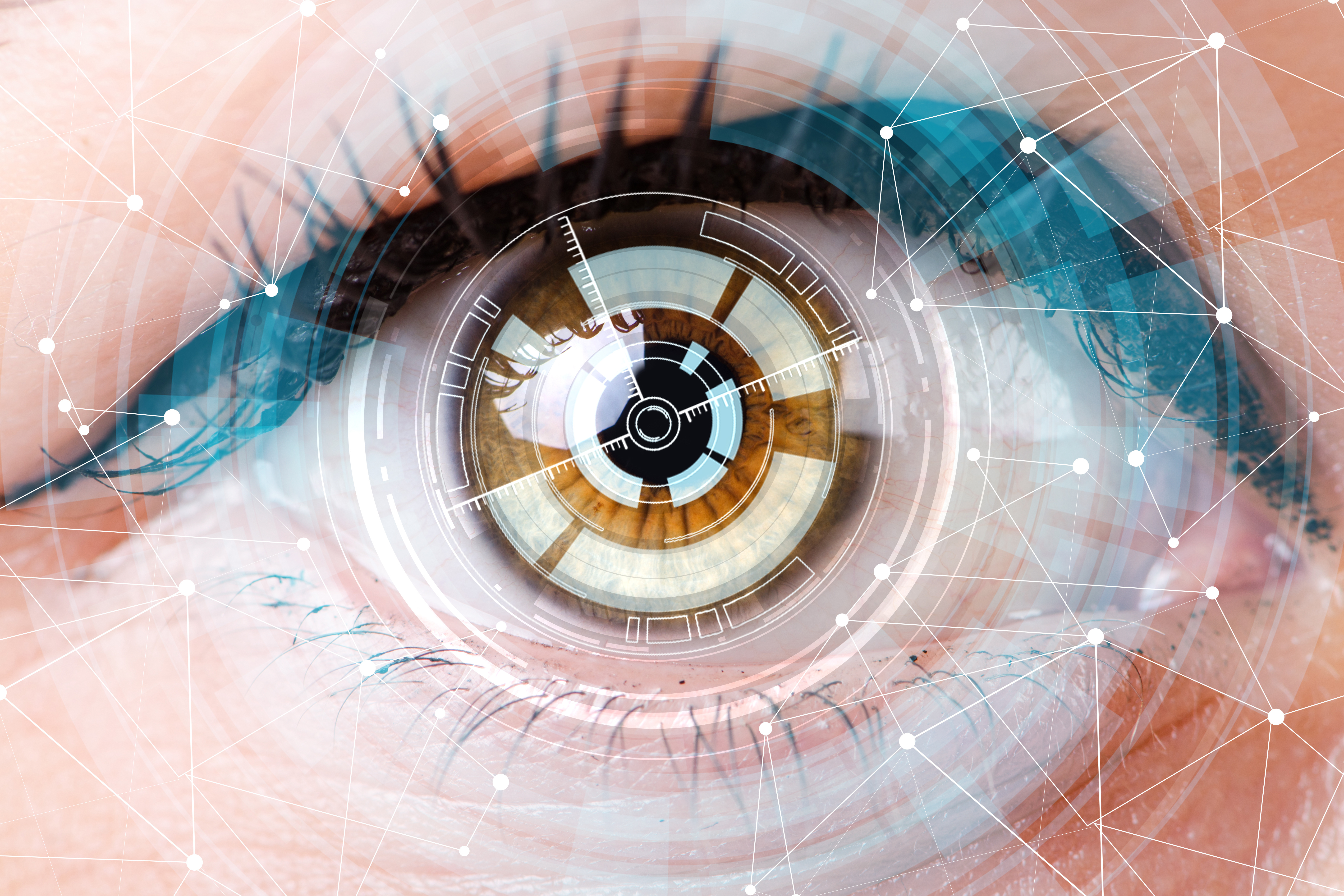A novel technology for optimizing visual prosthetics for individuals with foveal blindness.
The International Agency for the Prevention of Blindness expects 196 million people to suffer from macular degeneration worldwide in 2020. Millions more will suffer from traumatic ocular injury or glaucoma or other foveal defects. The result will be foveal blindness in 3-5% of the global population. Retinal implants can help only a fraction of these individuals, and no therapy exists to restore foveal vision at the highest attainable acuity. There is a clear need for better-performing technologies that can help develop visual prosthetics that can help alleviate blindness in this population.
This SUNY Downstate Health Sciences University technology represents a clinical advance in cortical prosthetics called an Optogenetic Brain System (OBServ). In this system: 1) A person with vision loss puts on eyewear in which each lens contains two cameras: one to record visual information in the person’s field of vision; the other to track eye movements. 2) The eyeglass cameras wirelessly stream visual information from the eye tracked foveal visual fields of the patient to two neuroprosthetic devices implanted over the foveal primary visual cortex in the brain. 3) The neuroprosthetic devices process and project the visual information onto a specific set of excitatory neurons in the brain’s hard-wired visual pathway. 4) The surrogate photoreceptors are stimulated with light projection devices to relay visual information to the primary visual cortex. 5) The devices read out the activity of the cortex using a novel advanced recording system that continuously calibrates the visual signals to optimize prosthetic visual contrast and signal strength.

• No existing devices incorporate a finely interlaced 250 µm pitch arrays of hyperspectral detector-emitter dyads.
• Incorporates high precision hyperspectral photodiodes to image large fields. This innovation could be potentially disruptive across neuroscience.
• Light scattering through brain tissue has only a minimal effect.
• Robust to photons scattered by cortex or biofilms. By counting photons rather than imaging cells, the technology both enhances the quality of the recording and the longevity of the implanted device.
• Enables spectrally resolved measurements of neural spatiochromatic barcoding with a co-packaged chipset.
The primary application for this technology is treatment for foveal blindness.
Patent Pending: PCT/US2022/016242
TRL 3 - Experimental proof of concept
This technology is available for licensing.
This technology will be of value to any company or institution involved in treating foveal blindness. This includes:
• Manufacturers of medical implants
• Hospitals
• Research institutions